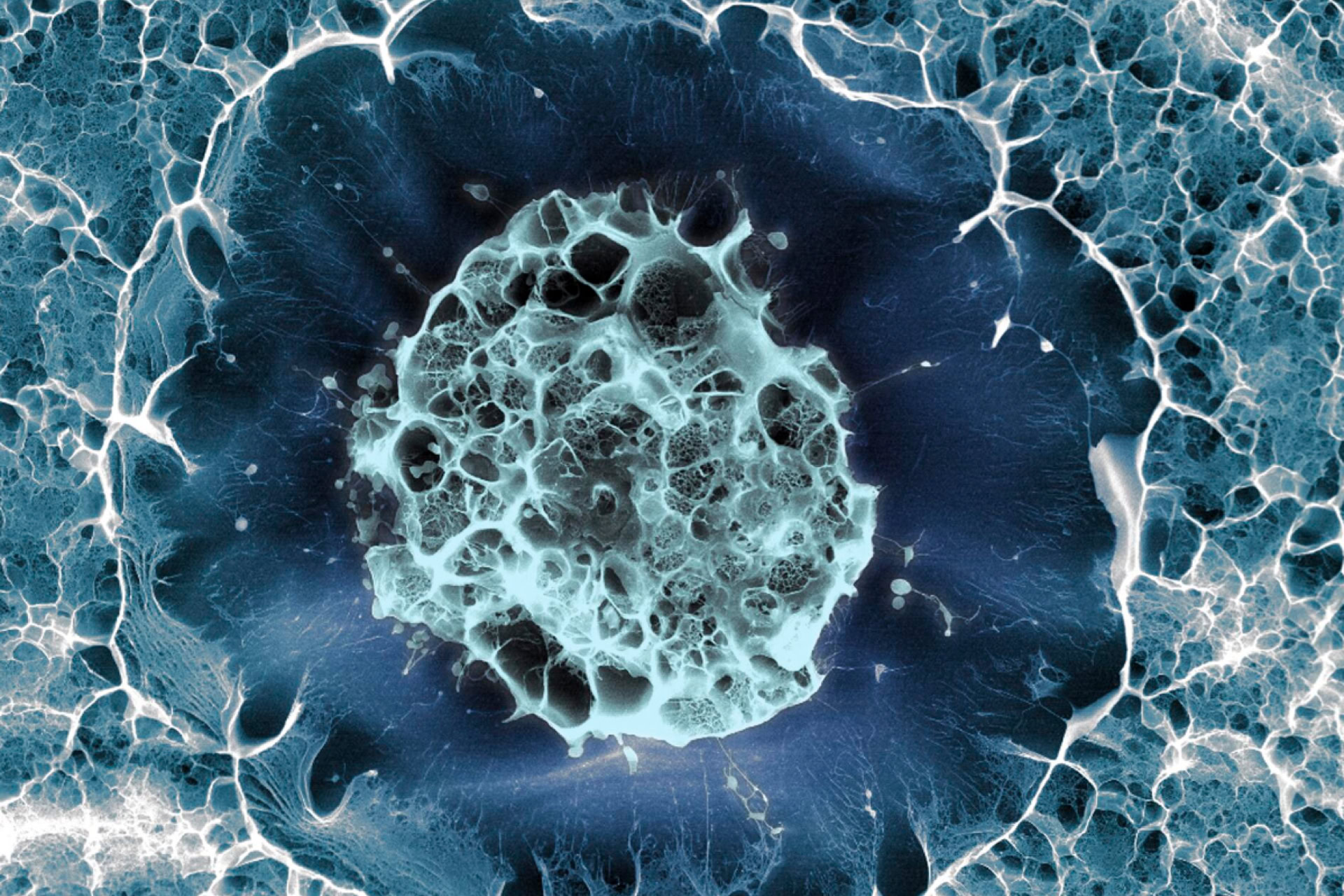A US scientist who suggested that attempts to clone primates might never succeed using current technology has created cloned monkey embryos. Gerald Schatten and his colleagues transferred the embryos into female monkeys, but none of the resulting pregnancies lasted more than a month. The team, based at the University of Pittsburgh, reported their work at the American Society for Reproductive Medicine (ASRM) in Philadelphia last week.
In 2003, Schatten's group reported that attempts to clone primates, including humans, may never succeed using the technique used to create Dolly the sheep and other cloned mammals. SCNT (Somatic cell nuclear transfer) involves removing the genetic information of an unfertilised egg cell, and replacing it with that of a body cell. The researchers found that vital 'spindle' proteins are lost from the egg during the procedure, which mean that the cell's genetic information cannot be passed on correctly when the cell divides. The team created 716 cloned rhesus monkey embryos, but all had an abnormal number of chromosomes, and failed to grow. At the time, Schatten said: 'I hope this natural obstacle affords us time to make responsible and enforceable legislation to prevent anyone attempting human reproductive cloning'.
However, less than a year later, in February 2004, scientists in South Korea announced their success in creating cloned human embryos. Using a modified version of the nuclear transfer technique, the team, based at the Seoul National University, created 30 cloned human embryos. The researchers extracted stem cells from 20 of these, from which they managed to grow one human embryo stem cell (hES)line . The research was a breakthrough for 'therapeutic cloning' research, which aims to use cloned embryo stem cells to develop tissue-matched cell therapies for a range of different diseases.
Using the Korean team's method, Schatten's team managed to create 135 cloned monkey embryos, using the genetic material from adult skin and cumulus cells, which surround the developing egg in the ovary. Schatten says he isn't sure why the technique worked, although it could be because it involves gently squeezing out the egg nucleus (which contains its genetic material), rather than sucking it out. This may cause less damage to the egg, or could mean that the crucial spindle proteins are left behind.
Schatten says it is too early to say whether cloned monkeys will ever be born, and the results cannot be used to predict if cloned human babies could survive long in development. But, he says, his work does confirm that the Korean cloning method works, showing that 'at least part of the technique is reproducible'.



Leave a Reply
You must be logged in to post a comment.